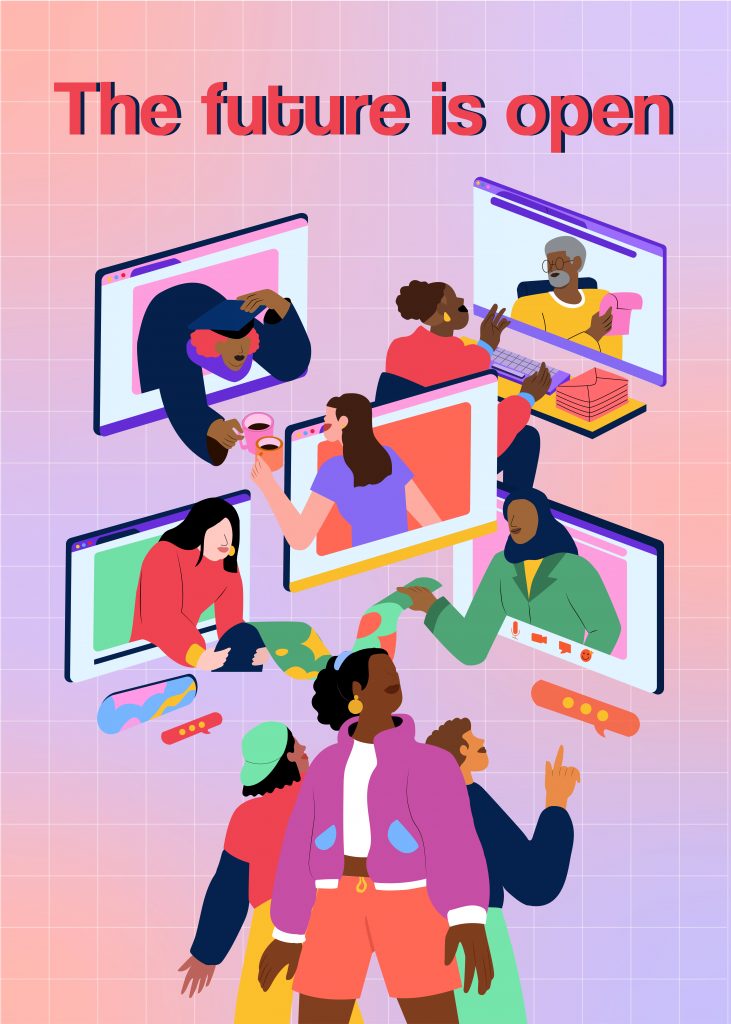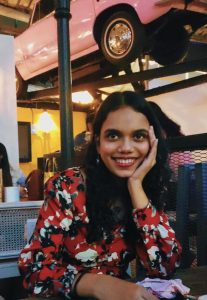As part of the Open Culture Platform’s work this year, we accepted proposals and invited the community to vote on community funded activities. Here are the six proposals that have been funded. We look forward to sharing more about the projects when they are complete.
Archiving History of Ghana: Case Study of Forts and Castles
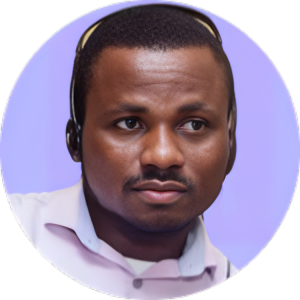
Francis Quasie
Ghana attained its independence in 1957, prior to that the country was colonized by a number of European countries like the Portuguese, Danish, British and others.
Most of them built forts and castles that are still existent in today’s Ghana. Unfortunately, stories about the history of these structures are not well digitally represented on the internet, specifically Wikimedia Commons. It is important that our history and heritage is preserved and documented well enough for the next generation to be connected to their roots. Forts such as Fort Ruychaver, Fort Saint Anthony and Fort Elize Carthago have no images attached to their Wikipedia articles and this is because there are no images of these forts on Wikimedia Commons either.
Fortunately with the current age of Open and Creative Commons, we have the opportunity to capture all these historical monuments with the right use of licensing. Most of these forts and castles were the final destinations of our forefathers who were taken ashore.
This project seeks to tell and archive the stories of our heritage, the toils of our forefathers through photos and videos of that part of our history that contributed to the liberation of Ghana.
This will be done through two main ways.
First off, uploading them on Wikimedia Commons with the right CC license and linking these images to their respective articles on Wikipedia to be made openly available.
Secondly, engaging institutions under GLAM in Ghana like the National Museum of Ghana and some libraries with the aim of archiving these images that will be taken to tell our heritage stories now and in the future.
Building a sustainable social, technical & legal infrastructure for Open GLAM in Pakistan; the quantitative analyses for the development of open heritage science for Pakistani heritage
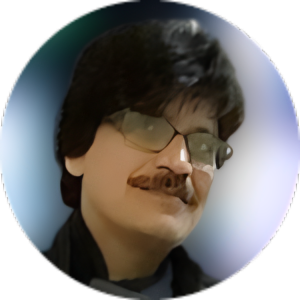
Muhammad Imtiaz Subhani, PhD.
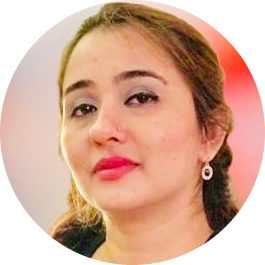
Amber Osman
This study will be an attempt to develop and build a sustainable social, technical & legal infrastructure for Open GLAMs in Pakistan while deploying the quantitative method and analyses for the development of framework for open GLAMs of Pakistan and open heritage science for Pakistani heritage.
The project will work to develop the sustainable social, technical and legal infrastructure for Open GLAMs of Pakistan through providing an easy-to-use platform for GLAMs to share their collections and resources, thus this infrastructure will be an attempt to promote the CC agenda of preservation and sustainability of heritage with the open accessibility for commons.The quantitative method will be used, and qualitative analyses will be done for developing the framework for open GLAMs of Pakistan and for the development of open heritage science for Pakistani heritage.
The key outcomes of this project will be to develop sustainable social, technical and legal infrastructures and frameworks for open GLAMs of Pakistan for the better sharing of heritage and culture of the region; to serve a quantifiable approach for the better share of heritage content will be served; and to develop he open heritage science for Pakistani heritage.
GLAM institutions in Colombia open to their citizens
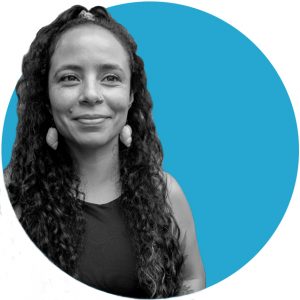
Viviana Rangel
Libraries, galleries, museums and houses of culture are the spaces that guarantee cultural rights for the majority of society in Colombia, a country where the scarcity of economic resources means that the investment that the population can make to access culture and knowledge is quite restricted. In addition, delays in copyright legislation do not allow the opening of many contents necessary to guarantee the public interest. With this project we seek to understand the needs of GLAM institutions through a collaborative dialogue with involved actors, expose tools that can strengthen their management and create a roadmap to integrate the needs and perspectives of institutions, users and decision makers.
With this project we will bring together the GLAM community of four cultural centers in the country, will create methodologies to strengthen its management based on the documents previously developed by the members of Creative Commons. With the identified needs we will cooperate and formulate an action path for the GLAM community and a series of recommendations to strengthen the capacities of decision makers.
Digitization and Protection of Specialized Heritage Institutions

Seyi Osunade
Galleries, Libraries, Archives and Museums (GLAMs) serve as educational resources for communities and also preserve the arts and culture. The patronage of GLAMs has reduced in recent times due to lack of information about their existence, poor physical state, lack of digital services to the mainly youth population and no photography rules. Content creation for social media purposes and the re-introduction of history into primary and secondary school curriculum has re-ignited interest in resources available in GLAMs. The University of Ibadan plays hosts to a number of specialized cultural heritage institutions that are not visible online but used for teaching and research. This project seeks to identify such centers across the three campuses, 16 faculties and numerous centers so as to encourage digitization and the use of Creative Commons (CC) licenses and tools. The project will produce a draft institutional policy and an e-book with available artifacts/displays/exhibits and location of the specialized cultural heritage institutions .
A Public Domain Database of Digitized Creative Works in Nigeria

Isaac Oloruntimilehin
The Nigerian Public Domain Database being developed by Free Knowledge Africa is being built to facilitate knowledge sharing and transfer. The Public Domain is the material from which society derives knowledge and fashions new cultural works. Having a rich and thriving Public Domain is essential to the social-cultural and economic well-being of society.
In January 2022, we celebrated the Public Domain Day in Nigeria and also organized a mini contest where participants were trained to identify and document works that are in the Public Domain. At the end of the contest, we were able to document 1744 works in the database of which we are currently creating Wikidata items for. The major challenge was getting access to these works to digitize them, and because of the limited manpower and funding we couldn’t go ahead.
The proposed activity continues the Nigerian Public Domain Database project. The goal is to document and digitize works that are in the public domain in the jurisdiction of the Federal Republic of Nigeria. The expected outcome is to make these works easily accessible to the public, to promote the use of these materials in creating new knowledge and cultural works, and to educate the Nigerian public about the importance of the Public Domain. By doing so, we hope to contribute to the social-cultural and economic well-being of society by facilitating knowledge sharing and transfer.
Building Open GLAM Community for Sustainable Open Licensing Practices in Nigeria
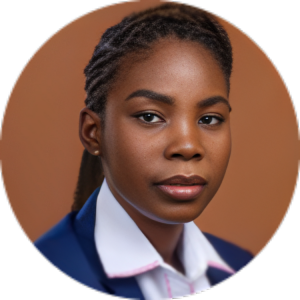
Bukola James
In Nigeria, there is a low awareness of open practices in galleries, libraries, archives, and museums (GLAMs), and this is a result of several factors such as skepticism, lack of awareness, bureaucratic bottlenecks, legal constraints, and technical support. Therefore, the project’s goal is to build a community of GLAMs for open licensing in Nigeria by promoting open access and open licensing of GLAM collections using Creative Commons licenses. This project aims to increase awareness and understanding of open practices, adoption of open access policies and practices, digitization of GLAM collections, and online visibility and accessibility of GLAM collections. The project activity will include online advocacy, establishment of a Network of Open GLAM advocates in Nigeria, 1 roundtable discussion, and 2 in-person and 3 online workshops/trainings among 50 Librarians in Nigeria.
The post Open Culture Platform Activity Fund Winners 2023 appeared first on Creative Commons.
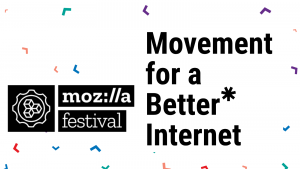 CC has been exploring what artificial intelligence means for our strategy to support
CC has been exploring what artificial intelligence means for our strategy to support 






